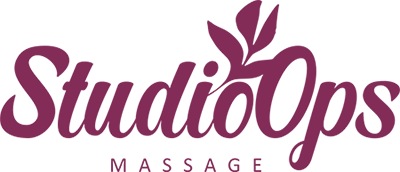About Massage ...
Massage is the manipulation of the body's soft tissues. Massage techniques are commonly applied with hands, fingers, elbows, knees, forearms, feet, or a device. The purpose of massage is generally for the treatment of body stress or pain.
In professional settings, clients are treated while lying on a massage table, sitting in a massage chair, or lying on a mat on the floor. There are many different modalities in the massage industry including but not limited to: Swedish, deep tissue, trigger point, manual lymphatic drainage, sports massage, Thai massage, and foot massage.
Ancient times:
Archaeological evidence of massage has been found in many ancient civilizations including China, India, Japan, Korea, Egypt, Rome, Greece, and Mesopotamia.
Middle Ages:
Medical knowledge, including that of massage, made its way from Rome to Persia in the Middle Ages.
What is massage?
There are several types of massage that focus on different parts of the body or healing approaches. Massage is the practice of rubbing and kneading the body using the hands. During a massage, a massage therapist will apply gentle or strong pressure to the muscles and joints of the body to ease pain and tension. A massage therapist is a person trained in giving massages.
What are the different types of massage therapy?
Most of us are familiar with the image of a traditional massage table and oils. However, massage doesn’t fit into just one category. There are dozens upon dozens of variations, sometimes even within one subset of massage.
Not every type is made for every person, but that’s why it’s so great — you can find a type of massage tailored to both your personal needs and philosophy.
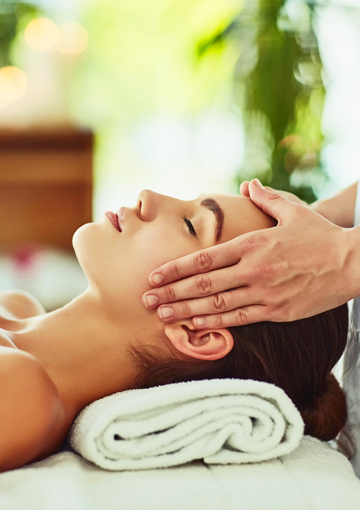
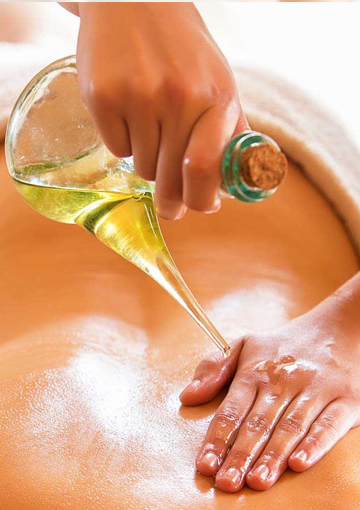
Ayurvedic Massage
Ayurvedic massage also known as abhyanga, employs holistic medicine principles used 3000 years ago in India, where it was first discovered. The main focus of this massage treatment is to balance out doshas within your body to achieve spiritual fulfilment and relaxation.
The heavy use of essential oils and focus on specific energy points in the body makes an Ayurvedic massage different from your run-of-the-mill Swedish massage. Plus, don't expect a ton of actual massaging—the treatment is much more focused on manipulating your energy fields and freeing emotional burden than working out the kinks in your muscles.
The Ayurvedic practice of abhyanga, or oil massage, touts physical benefits like released muscle tension, lymphatic drainage, and more nourished skin from head to toe. It stands out from other massages due to its focus on the skin, rather than just the underlying muscles—from the oils used to the circulation-stimulating movements, it’s more like a facial massage for your whole body.
The massage technique used during Ayurvedic Massage aims to stimulate the lymphatic system. Practitioners claim that the benefits of regular Ayurvedic massage include pain relief, reduction of fatigue, improved immune system, and improved longevity.
Aromatherapy Massage
Aromatherapy massage integrates essential oils into the massage experience. Aromatherapy combines the gentle touches of Swedish massage with the addition of essential oils.
The use of essential oils dates back thousands of years to ancient Egypt, where they often gave scented massages and aromatic baths.
Blending these two elements together promotes relaxation and may invigorate or energize you, depending on the types of scents your massage therapist chooses. Many therapists will consult with you first to learn which kinds of essential oils you prefer. For example, cypress is believed to relieve muscle pain, whereas tea tree is used to support the immune system.
Aromatherapy massages are best for people who want to have an emotional healing component to their massage.
This type of massage can help:
• boost your mood
• reduce stress and anxiety
• reduce symptoms of depression
• relieve muscle tension
• relieve pain
Aromatherapy massages combine soft, gentle pressure with the use of essential oils. Your massage therapist will usually decide which essential oils to use, but you can let them know if you have a preference. Essential oils are diluted before being applied to the skin.
During the massage, you’ll be given a full-body massage while inhaling essential oils through a diffuser and absorbing them through your skin. Sometimes an aromatherapy massage will only focus on your back, shoulders, and head. You won’t wear any clothing other than underwear, which is optional.
An aromatherapy massage is 60–90 minutes.
• Do not use this type of massage if you’re sensitive to smell or essential oils.
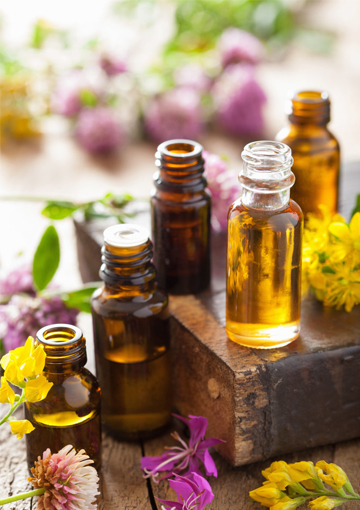
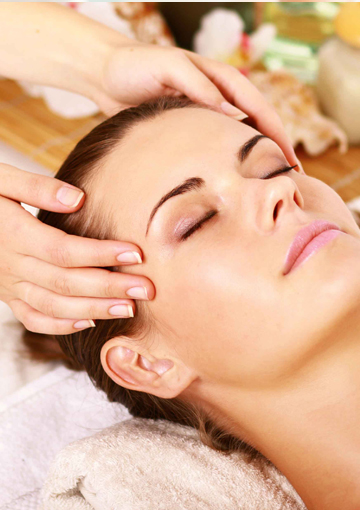
Craniosacral Massage
For those looking for a gentle and non-invasive experience, craniosacral therapy may be the right fit.. Practitioners of craniosacral therapy will often massage you fully clothed, with light and still movements.
Specialists in this area believe that light touch helps restore the central nervous system and improve irregular sleep patterns. And unlike many traditional massages which either use a chair or a massage table, Craniosacral sessions often start in a massage chair first and then move to a massage table. The therapist will also check in with you during the massage to make sure they’re giving you the right level of touch.
Craniosacral therapy (CST) is a gentle hands-on technique that uses a light touch to examine membranes and movement of the fluids in and around the central nervous system. Relieving tension in the central nervous system may provide relief from a variety of symptoms including headaches, neck pain and side effects of cancer treatment among many others.
CST uses a light touch to examine membranes and movement of fluids in and around the central nervous system. Relieving tension in the central nervous system promotes a feeling of well-being by eliminating pain and boosting health and immunity.
The focus of CST is a gentle placement of hands to assist release of the body’s connective tissue, or “fascia.” Fascia (Latin word for “band”) is a covering found throughout the body including organs, glands, nerves, muscles, blood vessels, brain and spinal cord. This covering forms a body-wide connective network. CST is based on the idea that the body is interrelated at all levels.
Deep Tissue Massage
Deep tissue massage focuses on relieving severe muscle tension. It’s especially effective if you have musculoskeletal disorders, postural problems, or chronic muscle pain and tension, soreness, injury.
Deep tissue massage is best for giving attention to certain painful, stiff "trouble spots" in your body. Massage therapists often use their knuckles, hands, and elbows to really dig in. The massage therapist uses slow, deliberate strokes that focus pressure on layers of muscles, tendons, or other tissues deep under your skin.
Though less rhythmic than other types of massage, deep tissue massage may be therapeutic -relieving chronic patterns of tension and helping with muscle injuries, such as back sprain.
Deep tissue massage uses more pressure than a Swedish massage.
It can help relieve tight muscles, chronic muscle pain, and anxiety.
During a deep tissue massage, your massage therapist will use slow strokes and deep finger pressure to relieve tension from the deepest layers of your muscles and connective tissues. You can be naked during this massage or wear your underwear.
The massage will last for 60–90 minutes.
While deep tissue may be more intense, you shouldn’t feel any pain or soreness.
Avoid deep tissue massage if you have inflamed joints or ailments like lupus, because the vigorous nature of the massage could worsen a flare-up.
Another important note: deep tissue massage shouldn’t be confused with deep pressure massage. While deep tissue focuses on layers of muscles and fascia, deep pressure massage focuses on the entire body.
• Avoid this type of massage if you’re overly sensitive to pressure.
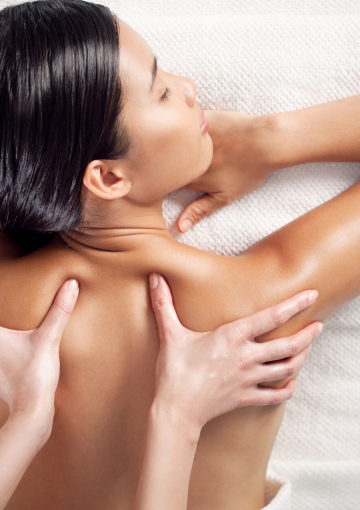
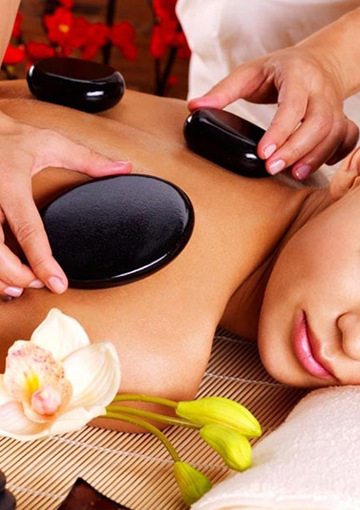
Hot Stone Massage
For this kind of massage, the therapist places warmed stones on certain areas of the body, such as acupressure points. The stones may be used as massage tools or be temporarily left in place. The effect allows the therapist to go deeper while still using lighter pressure. This type of therapeutic massage is similar to a Swedish massage, only the massage therapist uses heated stones in lieu of or in addition to their hands. It eases muscle tension, improves blood flow, and relieves pain by using heated stones.
Used along with other massage techniques, hot stones can be quite soothing and relaxing as they transmit heat deep into the body.
And of course, the correct level of heat is a great way to loosen muscle tension and increase your levels of relaxation. Hot stone massage sessions often complement a regular massage experience and don’t exclusively use stones throughout the duration.
Hot stone massage may help:
• ease muscle tension
• improve blood flow
• alleviate pain
• promote relaxation
• relieve stress
You don’t wear clothes for hot stone massage unless you’ll feel more comfortable wearing your underwear. You will be covered with a sheet.
• Usually the massage is 90 minutes long.
Myofascial Massage
It’s related to fascia, a tissue that holds all your organs, arteries, bones, and muscles together. Myofascial massage is designed to manipulate that connecting tissue. During a session, a therapist will locate areas on you that feel stiff and apply manual pressure. The focused manual pressure and stretching used will help loosen up restricted movement. Myofascial massage may also target trigger points and use stretching to help relieve pain.
Myofascial release is a type of physical therapy often used to treat myofascial pain syndrome. Myofascial pain syndrome is a chronic pain disorder caused by sensitivity and tightness in your myofascial tissues. These tissues surround and support the muscles throughout your body. The pain usually originates from specific points within your myofascial tissues called “trigger points.”
Myofascial release focuses on reducing pain by easing the tension and tightness in the trigger points. It’s not always easy to understand what trigger point is responsible for the pain. Localizing pain to a specific trigger point is very difficult. For that reason, myofascial release is often used over a broad area of muscle and tissue rather than at single points.
Most myofascial release treatments take place during a massage therapy session. Some chiropractors and traditional medical practitioners may also offer it.
Your therapist will gently massage the myofascia and feel for stiff or tightened areas. Normal myofascia should feel pliable and elastic. The therapist will begin massaging and stretching the areas that feel rigid with light manual pressure. The therapist then aids the tissue and supportive sheath in releasing pressure and tightness. The process is repeated multiple times on the same trigger point and on other trigger points until the therapist feels the tension is fully released.
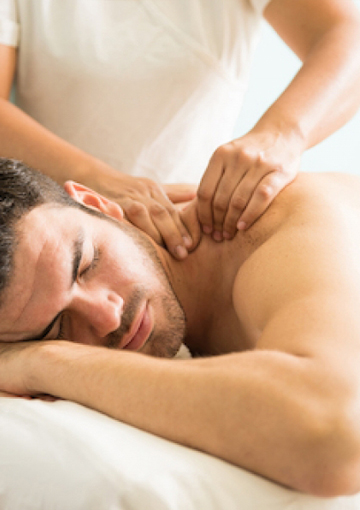
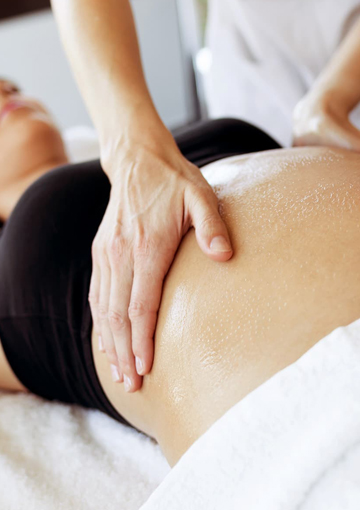
Pregnancy Massage
During pregnancy, your body goes through major changes. Pregnancy massage can help with these changes by reducing stress, decreasing arm and leg swelling, and relieving muscle and joint pain. Massage may be particularly helpful during a time when medication and other medical options may be more limited.
Getting a massage during your pregnancy has all kinds of benefits including hormone regulation, improvement of nerve pain, reduced swelling, reduced back and joint pain, and even better sleep.
Prenatal massage uses mild pressure similar to Swedish massage.
Of course, you likely won’t be able to use a typical massage table and lay on your stomach, especially after the first trimester. Pregnancy massage uses different positions to accommodate your shape. During the massage, you’ll either lie on your side or on a specially designed table with a cutout for your belly. The therapist will focus on areas such as your lower back, hips, and legs. You can be fully or partially undressed depending on your comfort level. Using specially designed massage pillows, the massage therapist will help get you into a comfortable position for this type of massage.
Although the practice is considered safe, it’s also best to find a therapist who is certified in prenatal massage.
If you’ve had pain in your calves or other parts of your leg, see a doctor before you have a massage.
The massage will last for 45–60 minutes.
Foot Massage /Reflexology
Reflexology complements holistic health practices and became popular in the United States around the 1930s. The practice that involves acupressure applied to the hands and feet.
T techniques stimulate neural pathways and support optimal functioning of the body. Reflexologists use techniques such as thumb and finger walking to stimulate reflex points on your feet, often corresponding to a related organ. Some ancient practices and a growing body of medical research even suggest that massaging specific pressure points on your feet can heal conditions affecting entirely different parts of your body.
This type of massage could be a good fit for you if you enjoy foot massages.
Reflexology is best for people who are looking to relax or restore their natural energy levels. It’s also a good option if you aren’t comfortable being touched on your entire body. Reflexology uses gentle to firm pressure on different pressure points of the feet, hands, and ears. You can wear loose, comfortable clothing that allows access to your legs.
A reflexology massage lasts for 30–60 minutes.
This is a good option if you’re uncomfortable being touched over your entire body. You can also be fully clothed during this type of massage.
Reflexology can reduce anxiety and it is a good pain releaf.
A special note for people with diabetes: Check with a doctor before massaging, since diabetic nerve damage could be affected by pressure.
One thing is certain, our feet do take a beating, and deep massage can make them feel so good that you forget about other aches and pains.
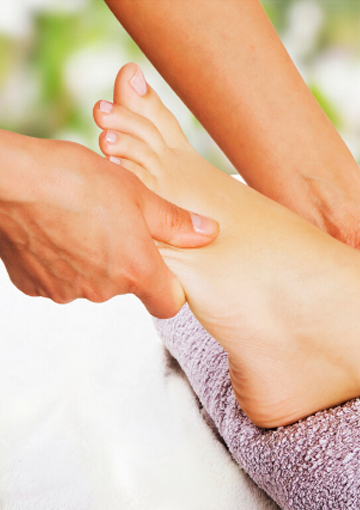
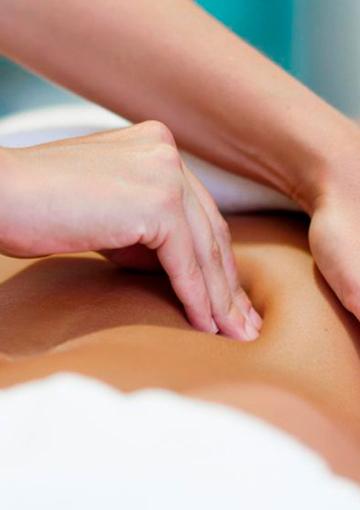
Shiatsu
In Japanese, shiatsu means "finger pressure." Shiatsu is a form of physical therapy that integrates emotional, physiological, and spiritual wellbeing. For centuries, Chinese practitioners paired shiatsu with herbalism and acupuncture to help relieve the pain of their clients. Since then, shiatsu has become more of a practice of its own, with about half a dozen variations.
For shiatsu massage, the therapist uses varied, rhythmic pressure on certain precise points of the body. These points are called acupressure points, and they are believed to be important for the flow of the body's vital energy, called chi. Proponents say shiatsu massage can help relieve blockages at these acupressure points.
It’s a Japanese type of massage that:
• promotes emotional and physical calm and relaxation
• helps to relieve stress, anxiety, and depression
• may relieve headache
• reduces muscle tension
Shiatsu massage works the whole body, but your therapist may focus on areas of your body that need extra attention. During the massage, your therapist will use their hands, palms, and thumbs to massage certain points of your body. Pulsing or rhythmic pressure is used.
You can be fully clothed during this massage.
Shiatsu massages typically last for 60–90 minutes.
Sport Massage
Developed to help with muscle systems used for a particular sport, sports massage uses a variety of approaches to help athletes in training - before, during, or after sports events.
Athletes work their bodies hard, which is why there’s an entire industry around specifically-tailored sports massage. You may take advantage of a sport massage before, during, or after athletic events. This helps relieve performance-related pains, promote flexibility, and even ward off potential injuries. Massage therapists often combine massage techniques, such as deep tissue massage or acupuncture, to tailor to the athletes’ and sports’ particular needs.
Or, it may help muscle strains, aiding healing after a sports injury.
Sports massage is a good option if you have a repetitive use injury to a muscle, such as what you may get from playing a sport. It’s also a good option if you’re prone to injuries because it can be used to help prevent sports injuries. You may also use sports massage to increase flexibility and performance. Additionally, sports massage can be used to relieve pain, anxiety, and muscle tension.
A sports massage can be done as a full-body massage or the massage therapist may focus on the parts of the body that need the most attention. Deep pressure may be alternated with soothing strokes depending on your needs.
You can have a sports massage while clothed or naked. If you prefer to wear clothing, make sure it’s thin, loose, and allows the therapist access to your muscles. Loose shorts and a tank top are options.
The massage will last for 60–90 minutes.
• Sports massage is a good option if you have an injury from repetitive muscle use.
• This type of massage may also help improve flexibility and sports performance, and reduce your risk for injury.
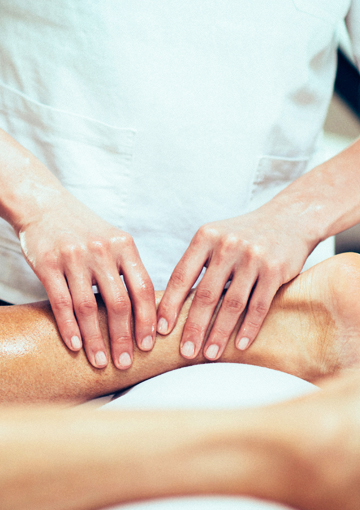
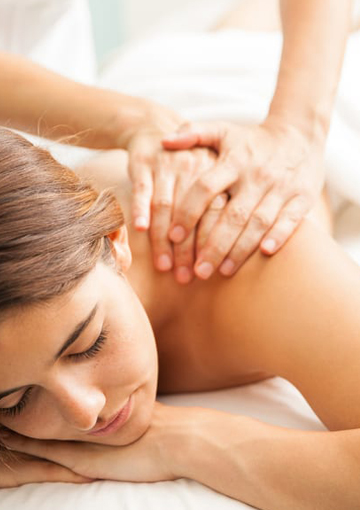
Swedish Massage
The Swedish massage is actually known as the “traditional” massage. The most common type of massage is Swedish massage therapy. If you’ve gotten a massage before, chances are high you experienced something similar.
A traditional massage therapist usually applies kneading, stroking, and friction to loosen muscular tension and increase blood circulation. The therapist uses massage oil to ease the hand strokes and movements. Before you start, you should expect a consultation to ask about your health and lifestyle and if you have any particular tough spots or areas to avoid. This massage will take place on a massage table and usually lasts between 35-60 minutes.
Swedish massage is a gentle type of full-body massage that’s ideal for people who:
• are new to massage
• have a lot of tension
• are sensitive to touch
It can help release muscle knots, and it’s also a good choice for when you want to fully relax during a massage.
It involves soft, long, kneading strokes, as well as light, rhythmic, tapping strokes, on topmost layers of muscles. This is also combined with movement of the joints. By relieving muscle tension, Swedish therapy can be both relaxing and energizing. And it may even help after an injury.
For this massage, you’ll remove your clothes, though you may choose to keep your underwear on. You’ll be covered with a sheet while lying on the massage table. The massage therapist will move the sheet to uncover areas that they are actively working on.
Thai Massage
Thai massage is generally based on a combination of Indian and Chinese traditions of medicine.
Thai massage combines both physical and energetic aspects. It is a deep, full-body massage progressing from the feet up, and focusing on sen or energy lines throughout the body, with the aim of clearing blockages in these lines, and thus stimulating the flow of blood and lymph throughout the body. It draws on yoga, acupressure and reflexology.
Thai massage is a popular massage therapy that is used for the management of conditions such as musculoskeletal pain and fatigue. Thai Massage involves a number of stretching movements that improve body flexibility, joint movement and also improve blood circulation throughout the body. In one study scientists found that
During a Thai massage, the therapist uses their body to move the client into a variety of positions. This type of massage includes compression of muscles, mobilization of joints, and acupressure. Thai massage is more active than other forms of massage, and the therapist will stretch your body in addition to providing a massage.
Thai massage is best for people who want a more active form of massage and want to reduce and relieve pain and stress. It can also help improve:
• flexibility
• circulation
• energy levels
Thai massage works the entire body using a sequence of movements that are similar to yogic stretching. Your therapist will use their palms and fingers to apply firm pressure to your body. You’ll also be stretched and twisted into various positions. You can wear loose, comfortable clothing during the massage.
Thai massage lasts for 60–90 minutes.
• This is another type of massage where you remain fully clothed.
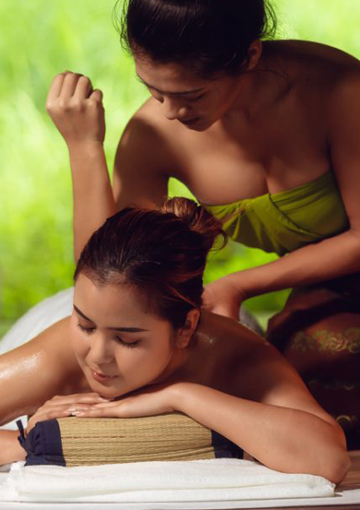
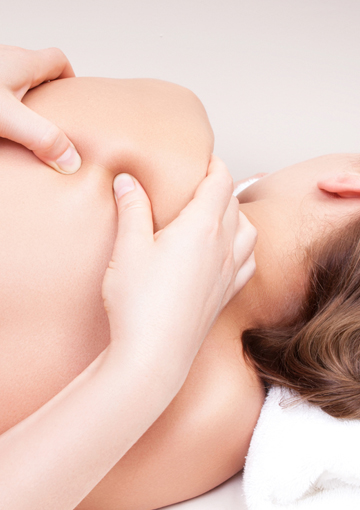
Trigger Point Massage
Trigger point massages are best suited for people who have injuries, chronic pain, or a specific issue or condition. Sometimes areas of tightness in the muscle tissues, known as trigger points, can cause pain in other parts of the body. By focusing on relieving trigger points, this type of massage can reduce pain.
Trigger point massage uses broad, flowing strokes that are gentle and relaxing combined with stronger, deeper pressure. The massage will include work on your entire body, though your therapist will focus on specific areas of your body that need to be released. You can wear lightweight clothing for the massage or be fully or partially undressed.
This type of massage will usually last for 60–90 minutes.
• Trigger point massage can help you manage chronic pain.
• Wear lightweight clothing for this type of massage.
Lymphatic Drainage Massage
A lymphatic drainage massage is a gentle massage of your tissues designed to help increase the circulation of lymph fluids in your body. Lymph is a protein-rich fluid that moves throughout your body in lymph vessels. It scoops up things like bacteria, viruses, and waste, and carries them to your lymph nodes. Your lymph nodes then filter the fluid to get the impurities out of your body.
The massage is usually done with light pressure with gentle, long strokes along the skin to increase the movement of lymph through your system.
Lymphatic drainage massage can benefit people who are experiencing the following:
lymphedema
fibromyalgia
swelling or edema
skin disorders
fatigue
insomnia
stress
digestive problems
arthritis
migraine episodes
Lymphatic massage might be more effective than connective tissue massage in relieving symptoms of stiffness and depression in people living with fibromyalgia.
People should not have a lymphatic massage if they have congestive heart failure, blood clots, kidney problems, infections, or circulation problems. If a person has any medical conditions, they should talk to a doctor before trying a lymphatic massage.
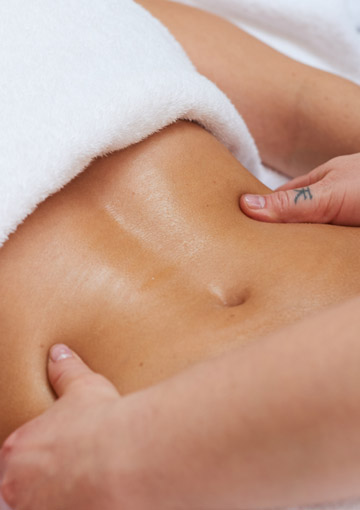
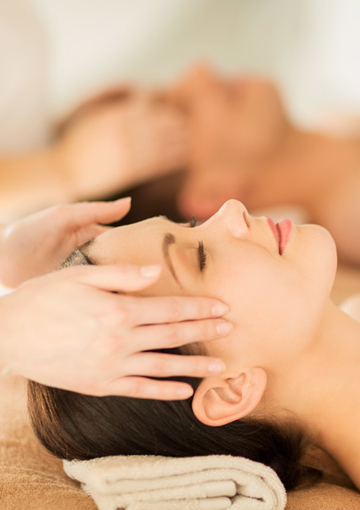
Couple’s Massage
A couple’s massage is a massage that you do with your partner, friend, or family member in the same room. It brings all the benefits of a regular massage and sometimes provides you with access to the spa’s hot tubs, saunas, and other facilities. Other treatments such as pedicures, facials, and body scrubs are sometimes offered as part of a package.
You can usually choose which type of massage you’d like to receive, and you and your partner can each get a different type of massage depending on your preference and the offerings at the spa. Your partner and you will be on tables side-by-side, and you’ll each have your own massage therapist working on your body. You can talk during the massage if you wish.
• A couple’s massage is a massage you have in a shared room with a friend, partner, or family member.
• You can usually choose from a variety of types of massages to have during your appointment. Swedish and hot stone massages are commonly offered as an option during a couple’s massage.
Chair Massage
A chair massage is best for people who want a quick massage that focuses on your neck, shoulders, and back. A chair massage can also be a way to introduce you to massage if you’ve never had one before. Chair massage also helps to relieve stress and promote relaxation. This type of massage uses light to medium pressure.
During the massage, you’ll remain fully clothed and sit in a specially designed chair. You’ll straddle the chair so that your chest pushes into the back of the chair, allowing the massage therapist to have access to your back.
These massages are usually 10–30 minutes.
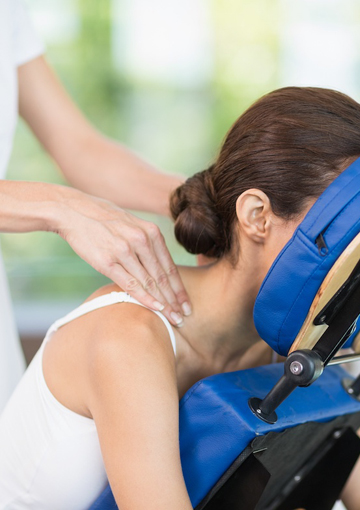
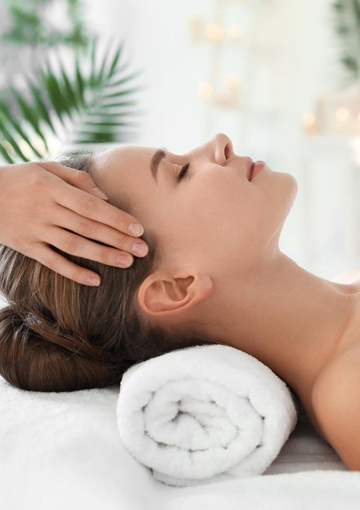
What Are the Health Benefits of Massage?
Many types of massage offer benefits beyond simple relaxation. Here are just a few of the health problems that may benefit from massage. Ask your doctor before using massage for any health condition, though.
• Back pain. More than one study has shown the effectiveness of massage therapy for back pain.
• Headache. Another type of pain -- headache -- also responds to massage therapy. Some studies suggest that massage therapy can reduce the number of migraines a person has and also improve sleep.
• Osteoarthritis. In the first clinical trial looking at the effectiveness of Swedish massage for knee osteoarthritis, participants who received a one-hour massage either one or two times a week had improvements in pain, stiffness, and function. The control group had no such change.
• Cancer. Used as a complement to traditional, Western medicine, massage can promote relaxation and reduce cancer symptoms or side effects of treatment. It may help reduce pain, swelling, fatigue, nausea, or depression, for example, or improve the function of your immune system. However, there are specific areas that a massage therapist should avoid in a cancer patient, as well as times when massage should be avoided altogether. Talk to your doctor before getting massage therapy if you have cancer.
• Depression. A review of 17 clinical trials found that massage therapy may help reduce depression. But for generalized anxiety disorder, it was no more effective than providing a calming environment and deep breathing exercises.
Massage may be a way for you to feel better physically, mentally, and emotionally. Experiment with different types of massage and with different massage therapists to find the type and provider that is most ideal for you.
Always communicate your expectations and intentions with your massage therapist and speak up if there is something with which you aren’t comfortable. Talk to your doctor before getting any type of massage if you have any health concerns or conditions.

